There can be your advertisement
300x150
How to Save Budget on Electricity: 13 Simple Rules
Light in modern interior design is a true magician, capable of creating a unique atmosphere for relaxation, rest, work, and zoning. Often designers manage to bring in maximum natural light through large windows and a light color palette, but that’s not always enough.
Therefore, additional lighting is often required. But this also means extra electricity consumption, increased budget, and environmental impact. Today we’ll explain how to find a balance using simple rules.
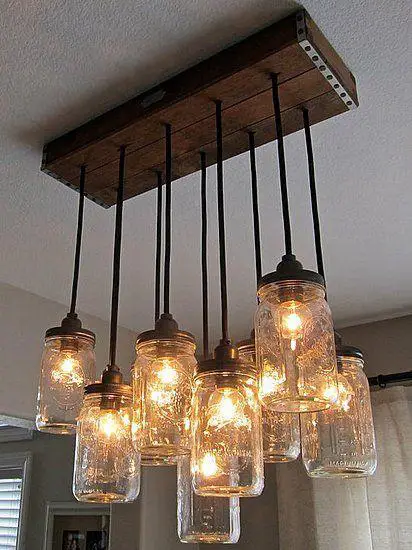
Rule #1: Turn Off Appliances
The simplest way to save electricity is to switch it off when leaving home for extended periods. But don’t forget to turn off the TV and computer too—even when in standby mode, they still consume power (though in small amounts).
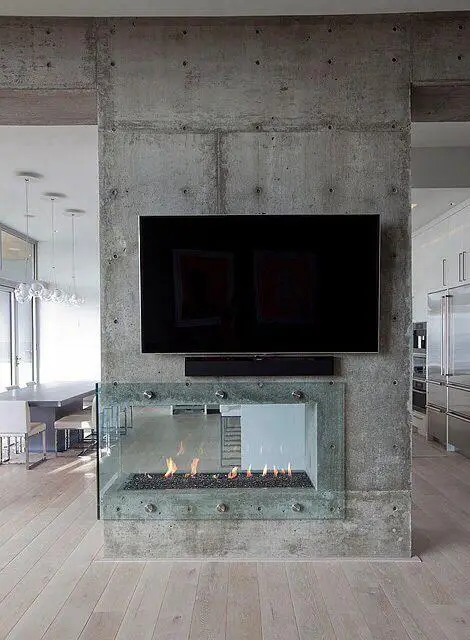
Rule #2: Energy-Efficient Appliances (Class A)
Refrigerators are always on, so it’s best to choose one with an A energy rating (and similarly, all other home appliances). Compared to lower-rated models, you could save up to 30% on electricity by the end of the month.
Also, place the refrigerator as far as possible from the stove and windows, in a cool spot. Avoid putting warm food inside, as this forces it to work harder and increases energy use.
Additionally, defrost it regularly—thick ice layers reduce cooling efficiency and raise energy consumption.
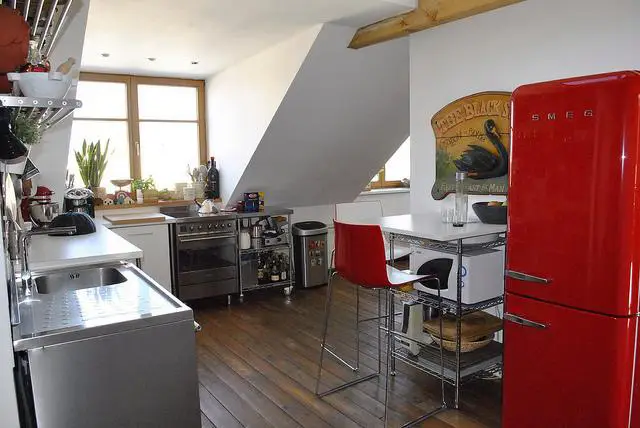
Rule #3: Unplug Chargers
Always unplug chargers for laptops, phones, music players, and other devices once they’re fully charged.
Not only does leaving them plugged in damage the charger, but it also wastes up to 95% of electricity. Pay attention to this!
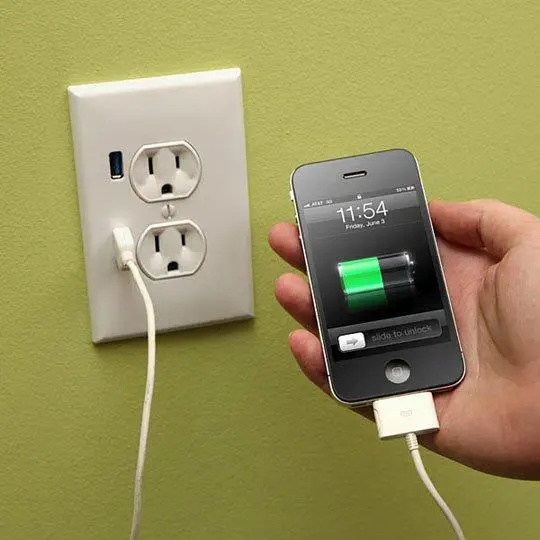
Rule #4: Optimize Screen Settings
Reducing monitor and TV brightness and contrast can save up to 50% on lighting. Placing screens in dimly lit areas adds another 5% savings.

Rule #5: Keep Things Clean
Regularly clean lampshades, light bulbs, and windows to improve efficiency by up to 30%.
Also, keep vacuum cleaner filters clean—dirt increases resistance, reduces airflow, and raises energy consumption.
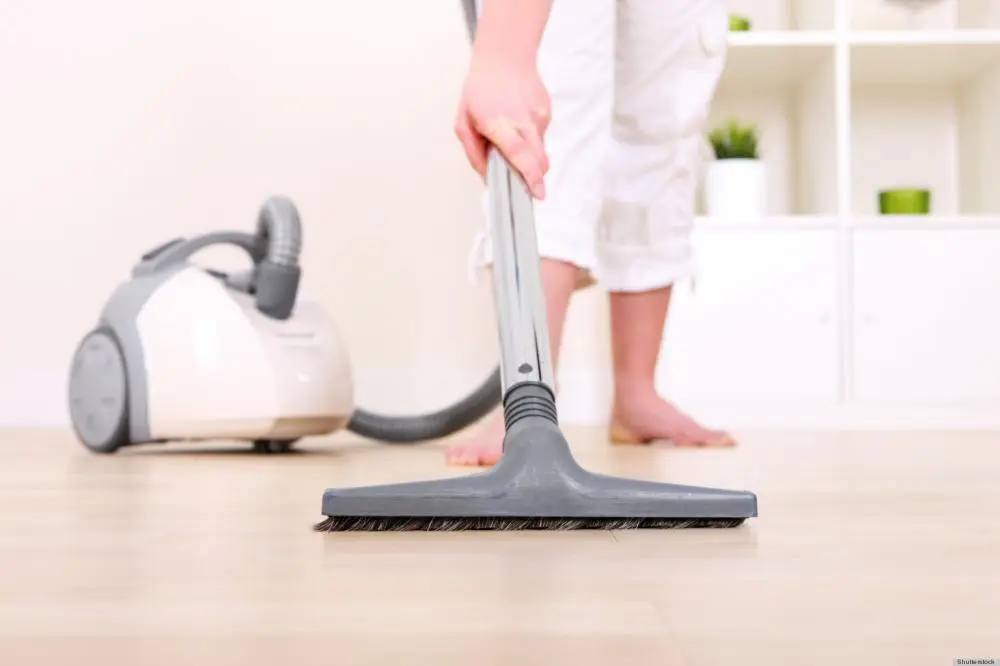
Rule #6: Use Natural Light
Open curtains during the day to avoid dim lighting. Avoid placing large plants near windows, as they block sunlight and increase the need for artificial lighting.
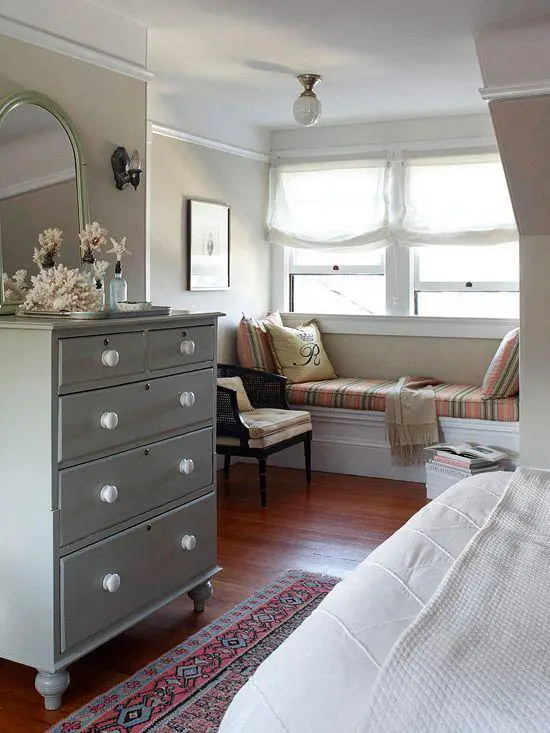
Rule #7: Maintain Your Electric Kettle
Regularly remove limescale from your electric kettle. Build-up slows heating and increases energy use. Also, always boil only the amount of water you need.
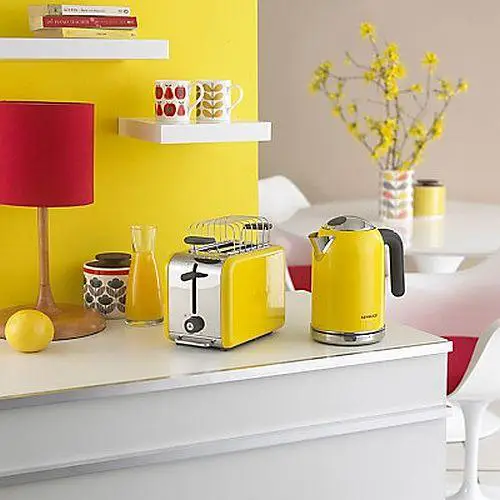
Rule #8: Smart Use of Electric Stoves
When cooking on an electric stove, boil water in the kettle first (without limescale), then transfer it to a pot. This saves energy because kettles heat faster.
Also, match cookware size to the burner diameter—this can save up to 10%. Cover pots and pans to speed up cooking, and switch to a lower heat setting after boiling.
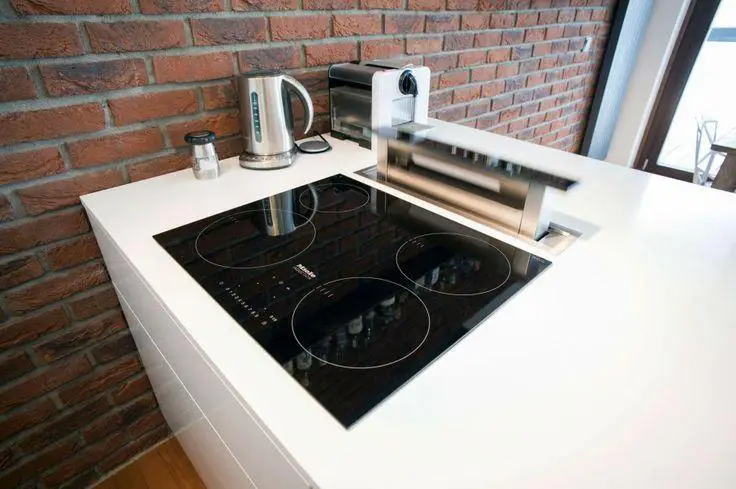
Rule #9: Use Energy-Saving Light Bulbs
A great way to save electricity: replace mercury lamps with LED bulbs. However, dispose of old lamps properly—these are hazardous waste and harmful to the environment. Switching to energy-efficient bulbs can reduce energy use by several times, especially in rooms with constant lighting.

Rule #10: Use Washing Machines Wisely
Washing machines can save energy, money, and environmental resources. The key is to follow instructions: don’t overload them and avoid running them empty. This reduces energy use by 10–15%. Avoid pre-soaking clothes—this can save up to 30%.
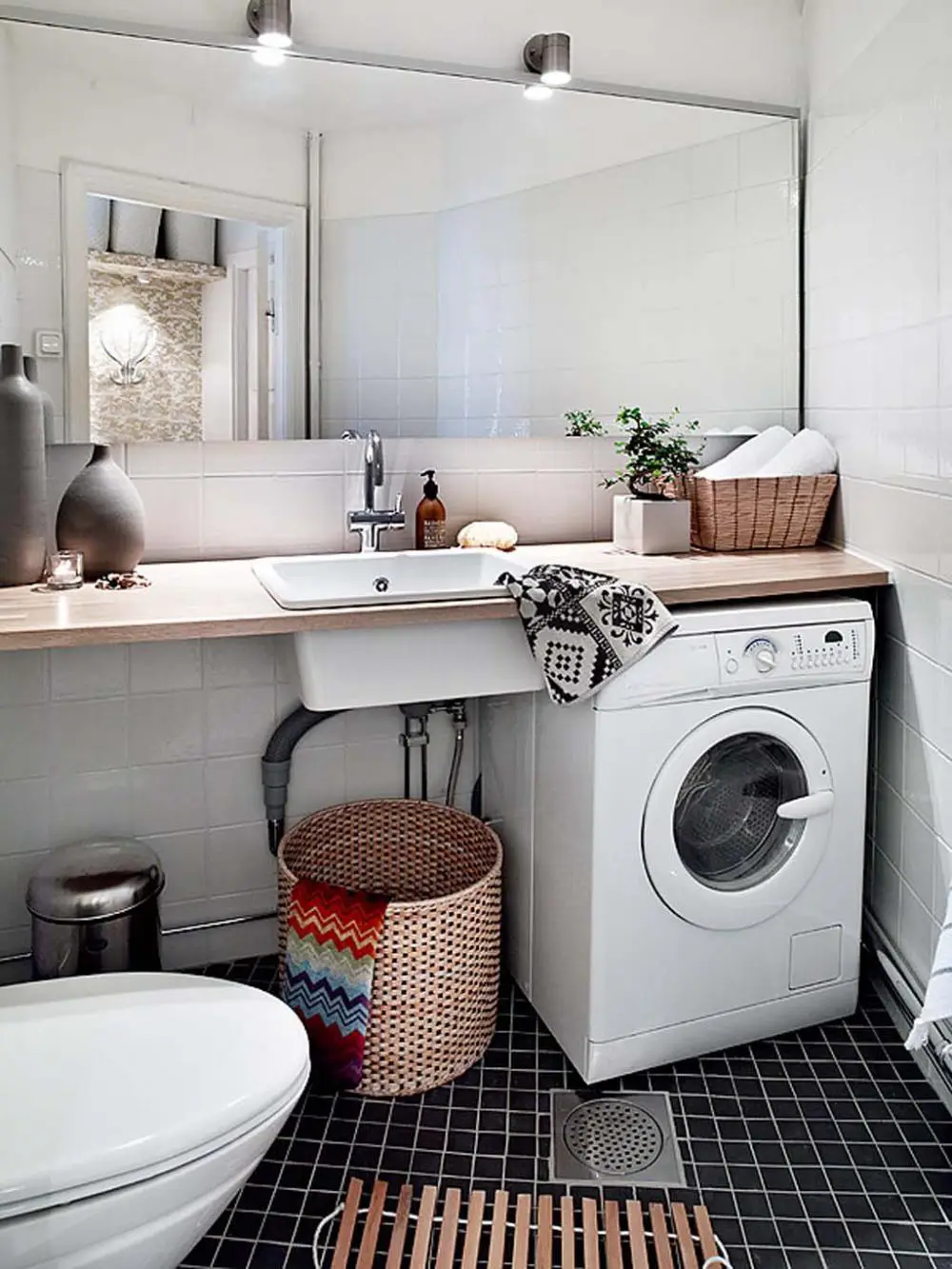
Rule #11: Use Air Conditioners Correctly
Air conditioners are now essential for modern living. To prevent wasted energy, only turn them on when doors and windows are closed. This cools air faster and reduces electricity use.
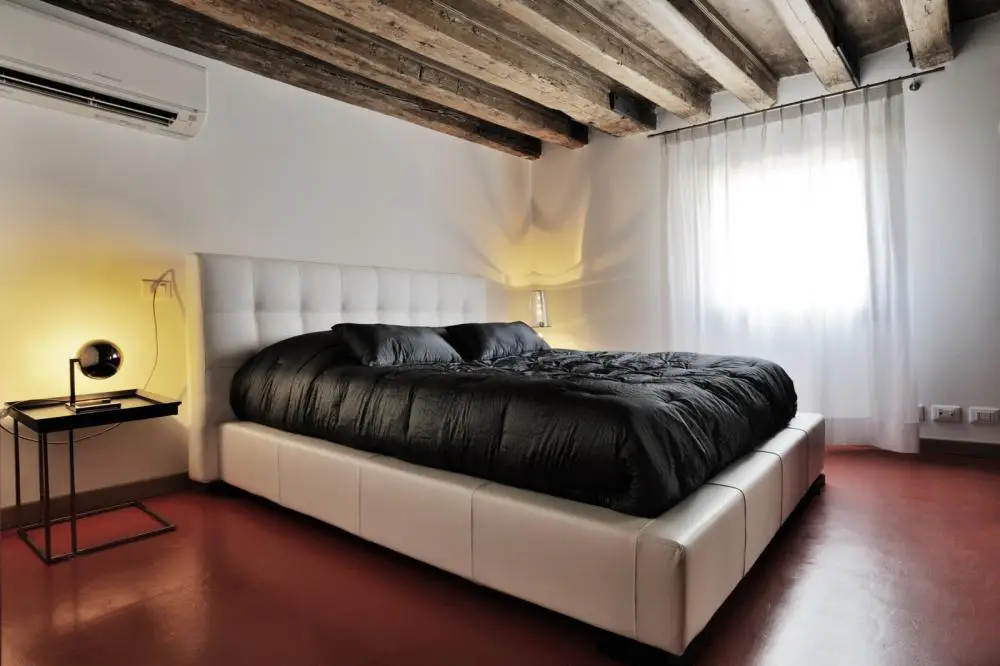
Rule #12: Efficient Ironing
Optimize ironing by starting and finishing with low-heat items. Turn off the iron at the end and continue ironing—this saves energy.
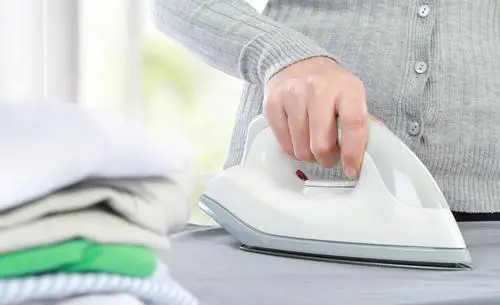
Rule #13: Install a Multitariff Meter
One of the most effective ways to save electricity: install a multifunctional meter. Savings can reach up to four times. It tracks usage based on time of day—rates are lower at night and in the afternoon, higher in the morning and evening.
By following these simple rules, you’ll save money and help protect the environment.
More articles:
 5 Sofas That Became Legends
5 Sofas That Became Legends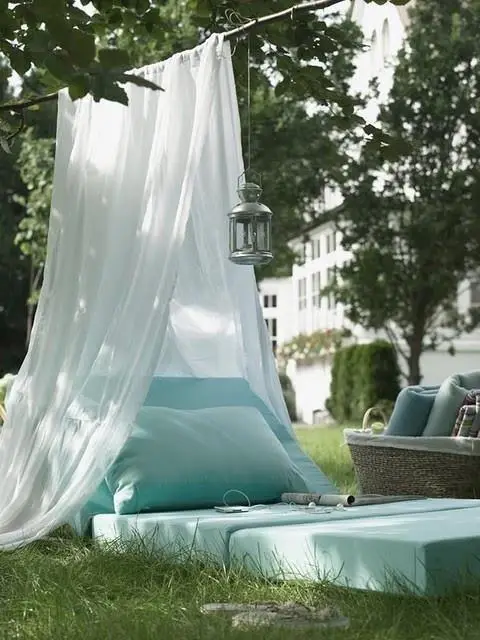 Dining Outdoors: 50 Inspiring Ideas
Dining Outdoors: 50 Inspiring Ideas 30 Inspiring Views from the Window
30 Inspiring Views from the Window How to Decorate a House if Windows Are Floor-to-Ceiling: Interior Behind Glass
How to Decorate a House if Windows Are Floor-to-Ceiling: Interior Behind Glass 20 Elegant Bedrooms in the New Classic Style
20 Elegant Bedrooms in the New Classic Style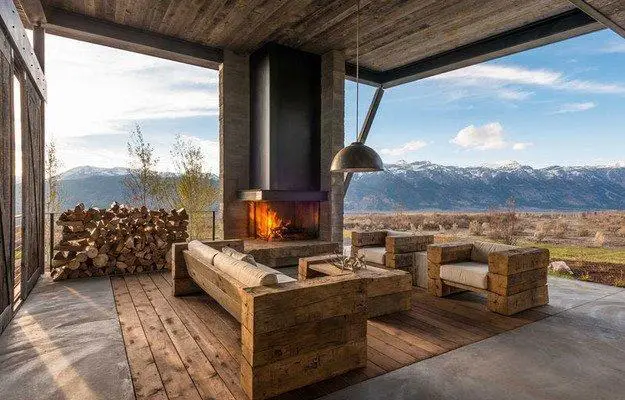 Wood and Concrete: An Eco-Friendly and Minimalist House
Wood and Concrete: An Eco-Friendly and Minimalist House 7 Ways to Use Wallpaper Coloring Not as Intended
7 Ways to Use Wallpaper Coloring Not as Intended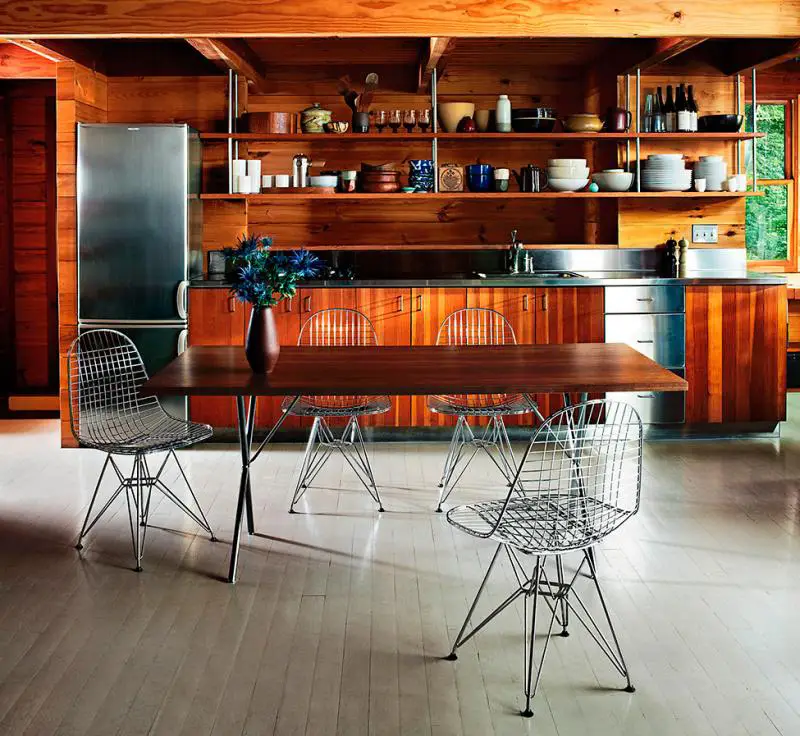 5 Famous Designer Chairs
5 Famous Designer Chairs